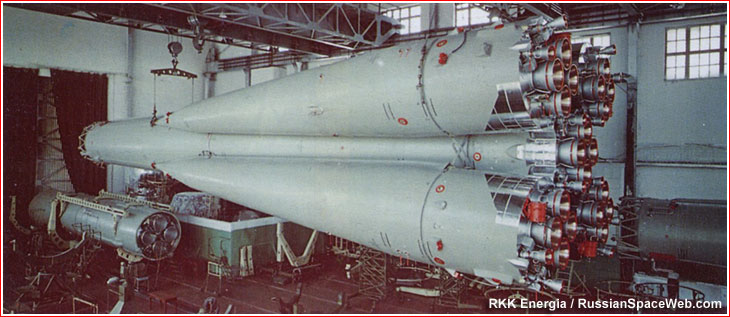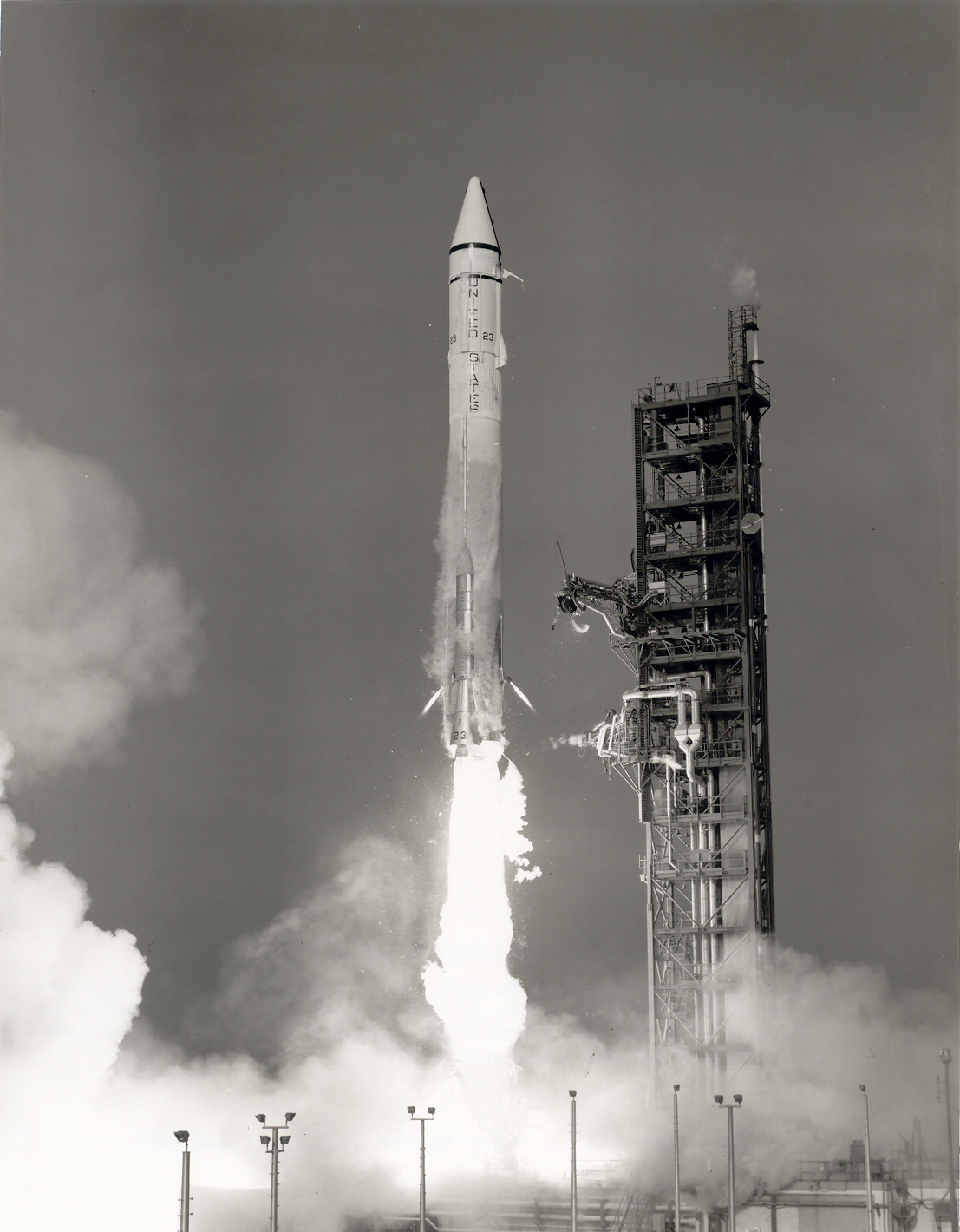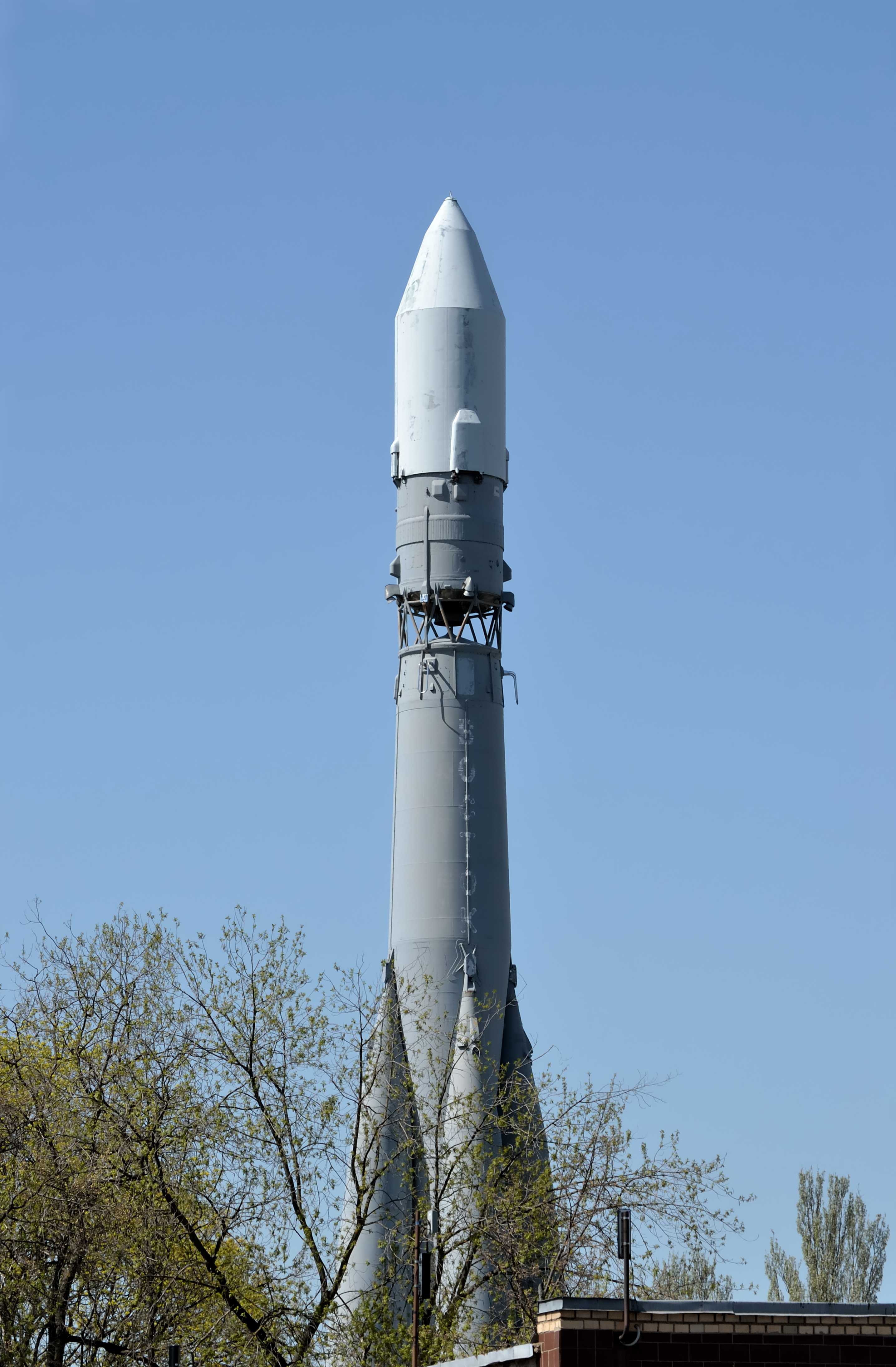Previous Spaceflight Launches
Filter by Agency, Locations or Vehicles
Show All LaunchesVoskhod | Zenit-2 73
Soviet Space Program | RussiaPlesetsk Cosmodrome, Russian Federation
April 9, 1969, 1 p.m.
Kosmos 11K63 | DS-P1-Yu 20
Strategic Rocket Forces | RussiaPlesetsk Cosmodrome, Russian Federation
April 4, 1969, 1 p.m.
Voskhod | Zenit-4 55
Soviet Space Program | RussiaPlesetsk Cosmodrome, Russian Federation
April 4, 1969, 10:20 a.m.
Proton | Mars-2c
Russian Federal Space Agency (ROSCOSMOS) | RussiaBaikonur Cosmodrome, Republic of Kazakhstan
April 2, 1969, 10:33 a.m.
Kosmos 11K63 | DS-P1-I 5
Strategic Rocket Forces | RussiaPlesetsk Cosmodrome, Russian Federation
March 28, 1969, 4 p.m.
Atlas SLV-3C Centaur | Mariner 7
Convair | United States of AmericaCape Canaveral SFS, FL, USA
March 27, 1969, 10:22 p.m.
Status: Launch Successful
Mission:
Mariner 6 and 7 comprised a dual-spacecraft mission to Mars, the sixth and seventh missions in the Mariner series of spacecraft used for planetary exploration in the flyby mode. The primary objectives of the missions were to study the surface and atmosphere of Mars during close flybys to establish the basis for future investigations, particularly those relevant to the search for extraterrestrial life, and to demonstrate and develop technologies required for future Mars missions and other long-duration missions far from the Sun.
Mars flybyProton | Mars-2b
Russian Federal Space Agency (ROSCOSMOS) | RussiaBaikonur Cosmodrome, Republic of Kazakhstan
March 27, 1969, 10:40 a.m.
Vostok 8A92M | Meteor-1 1 (12L)
RKK Energiya | RussiaPlesetsk Cosmodrome, Russian Federation
March 26, 1969, 12:30 p.m.
Voskhod | Zenit-4 54
Soviet Space Program | RussiaBaikonur Cosmodrome, Republic of Kazakhstan
March 24, 1969, 10:10 a.m.
Voskhod | Zenit-2 72
Soviet Space Program | RussiaPlesetsk Cosmodrome, Russian Federation
March 22, 1969, 12:15 p.m.






